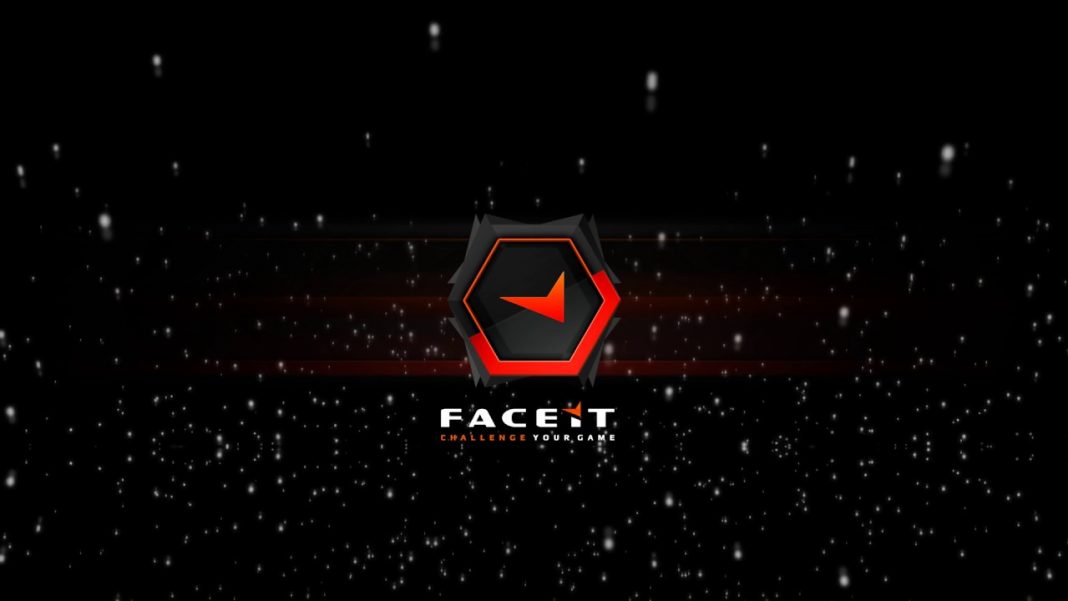Out of all the third party matchmaking services for CS:GO, few seem to be as universally disliked as FACEIT. From laggy servers to the lackluster anti-cheat, it’s a wonder that FACEIT is still being used. With that in mind, what is the use of playing FACEIT anyway?
What’s Good About FACEIT?
One of the defining features of the FACEIT service is the in-house ladders, points cups, and various featured leagues. The ladders allow people to move up the ranks, from Bronze to Master and, eventually, into FACEIT’s own Pro League. The points cups are 5v5 team tournaments that award points to the top four winning teams. The points you earn from playing can then be used in the FACEIT shop to buy cosmetics and other items — you can spend 6,000 points to grab a Factory New Tec-9 Toxic weapon skin, or, if you’re a high-roller, drop 5,000,000 points on a FACEIT-branded Fiat 500. The featured leagues are hosted by companies like Corsair or Asus and feature prizes from those companies.
Apart from incentives, FACEIT also upgraded their anti-cheat system back in November of last year which seems to have quieted most of the complaints about it being lackluster. They also have a free queue system, although the games are slightly lower quality than the ones you’d find using the Premium-tier queue system.
Complaints about FACEIT
FACEIT lacks a client, unlike ESEA and CEVO, which means that players have to find and join a game through the website. The only real “client” it has is their anti-cheat client which is meant to reinforce the server-side anti-cheat, but the use of this client is only mandatory for Premium users.
Another complaint is that people often leave because they don’t take FACEIT’s cooldowns seriously and can just go play something else. There’s no ringer system in place, either, so if a player leaves, you’re forced to play out the game 4v5.
Subscription Options: FACEIT vs. ESEA and CEVO
As for subscription costs, FACEIT has two tiers, much like ESEA. The two tiers are called Supporter and Premium, with the only unique feature Premium offers being access to Unlimited Premium as well as Supporter-tier tournaments. Apart from that, both tiers offer pick-up games, ranked leagues and ladders, captain priority over free users (or ELO-based against other subscribers) and access to all player ELO and performance stats. With Supporter coming in at £4.99 ($6.40) and Premium at £7.99 ($10.24) per month, the difference seems too minuscule to justify the price hitch.
On the other hand, ESEA Premium is $6.95 per month, and ESEA Insider is $14.95. Insider gets you a reserved slot on FragShack for aim training, access to private forums and community servers, priority ad placement when looking for a team, in-game recognition, one free guest pass per month, 5 alias changes and a free server stats reset. While FACEIT’s Premium doesn’t offer much more than the Supporter subscription option, ESEA’s Insider option is worth the price hitch if you know you’ll get mileage out of the perks.
CEVO’s MVP service, which costs $4.99 a month, gives you unlimited weekly scrims, unlimited player blocks, PUG Moderator eligiblity, CEVO In-Sight, access to Private PUGs and 10-Mans, GOTV Demo Access, leaderboard eligiblity and in-game recognition.
How does FACEIT compare to other MM services?
All in all, FACEIT is a viable alternative to official matchmaking, but mostly for the prizes and point system. Another reason for one to use the service would be as “training wheels” for ESEA and to practice their skill against better players without risking their MM rank.
For the most serious matchmaking experience, ESEA is the answer. The paywall and high-caliber anti-cheat attracts the best players, and you’ll find that gamers on ESEA take the game far more seriously than those on Valve’s official servers.















